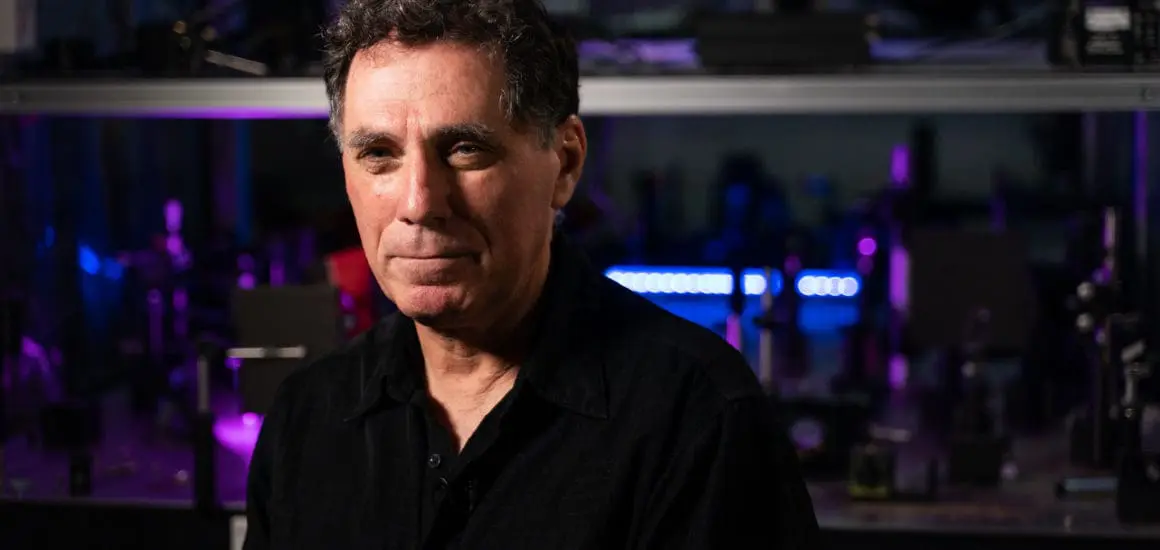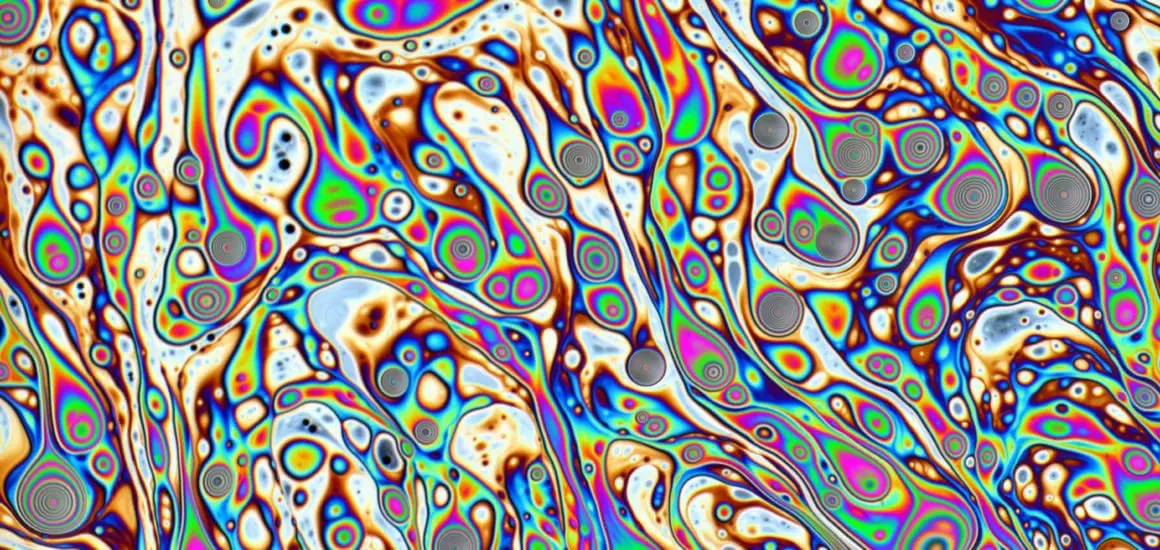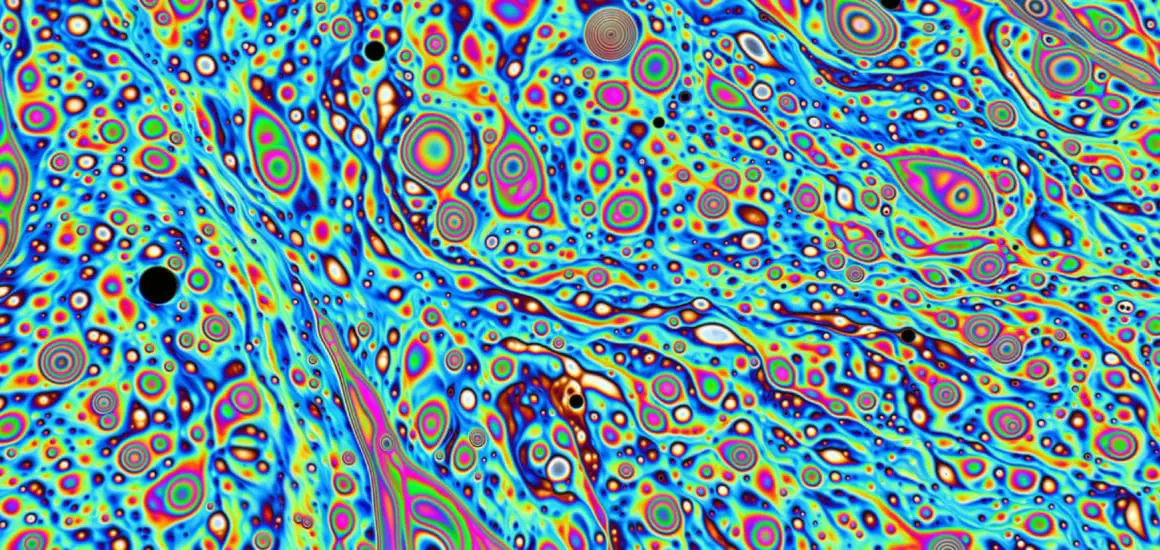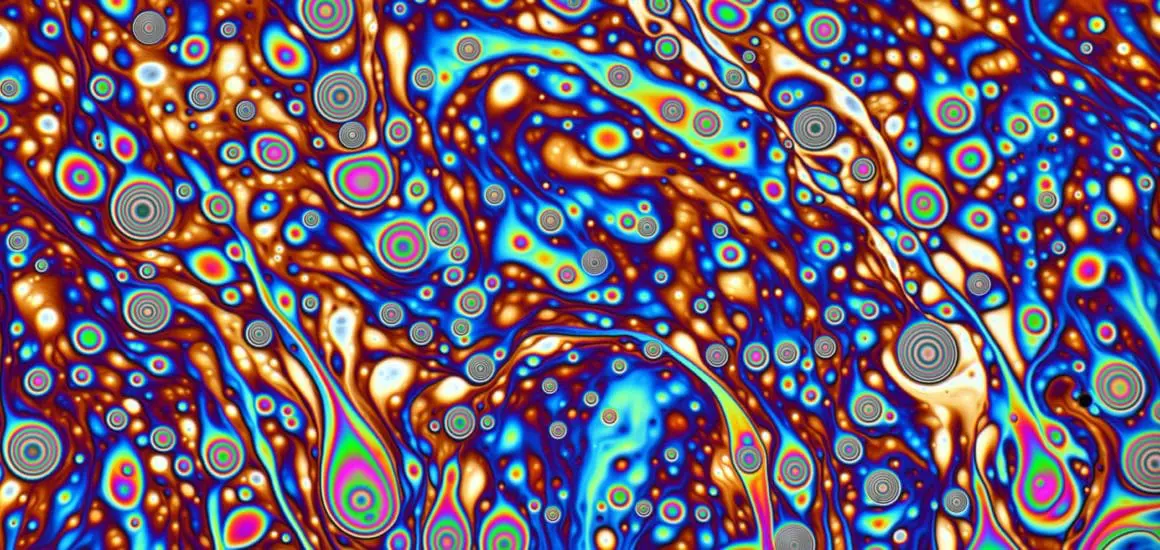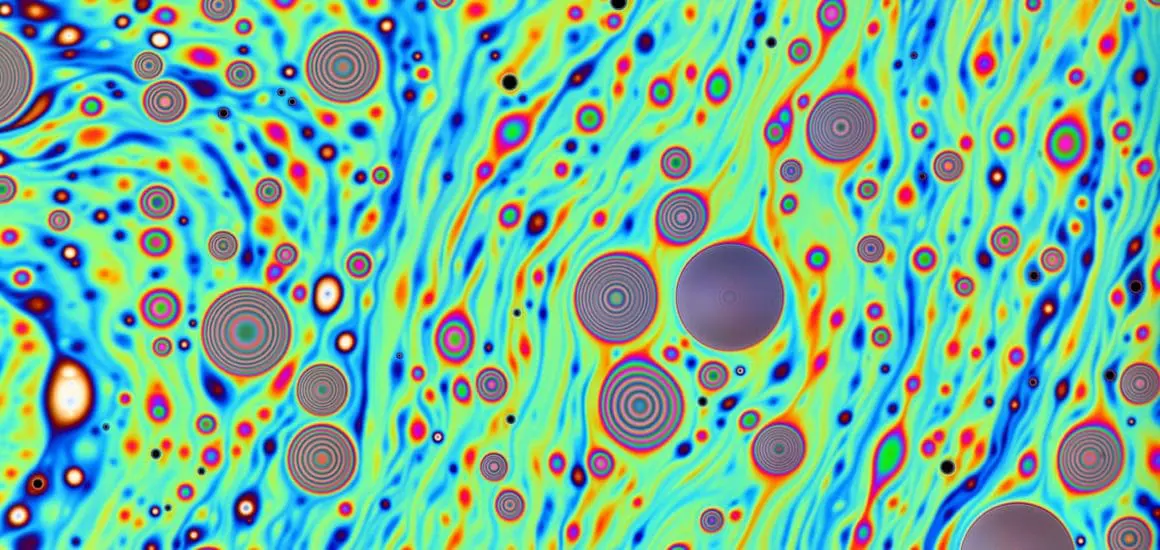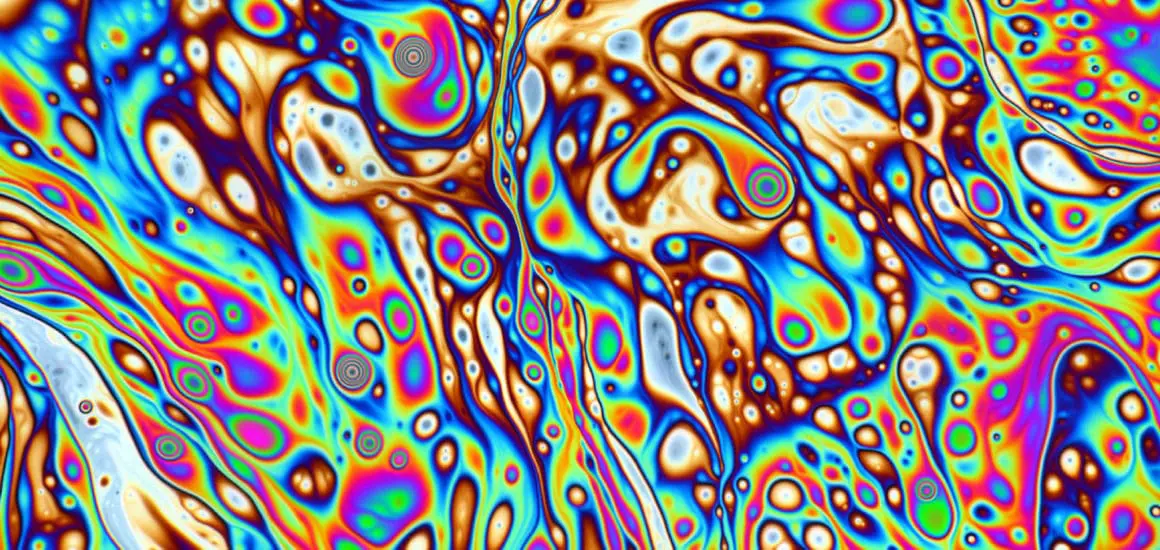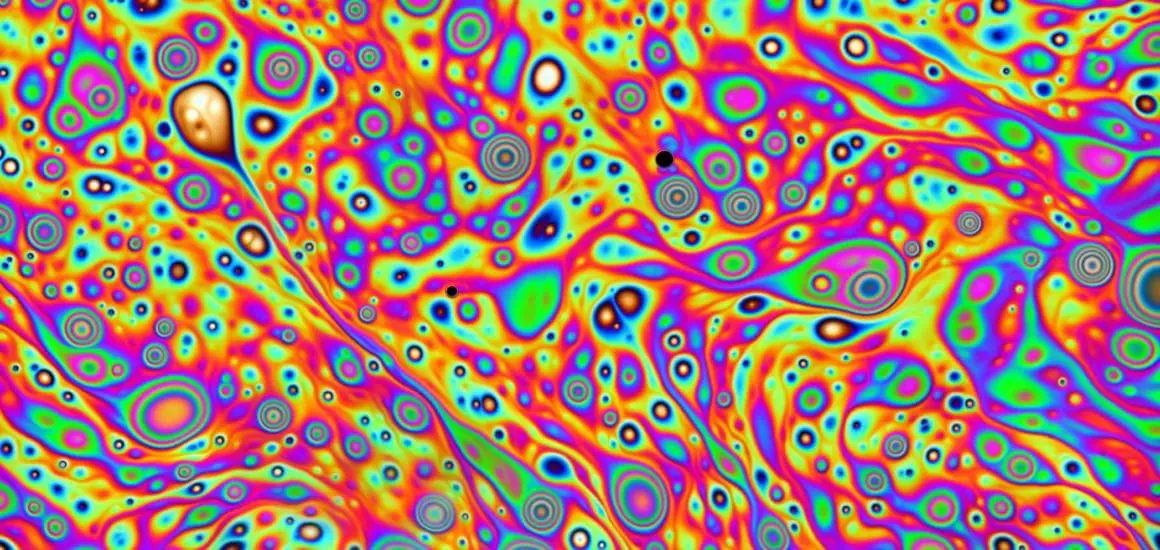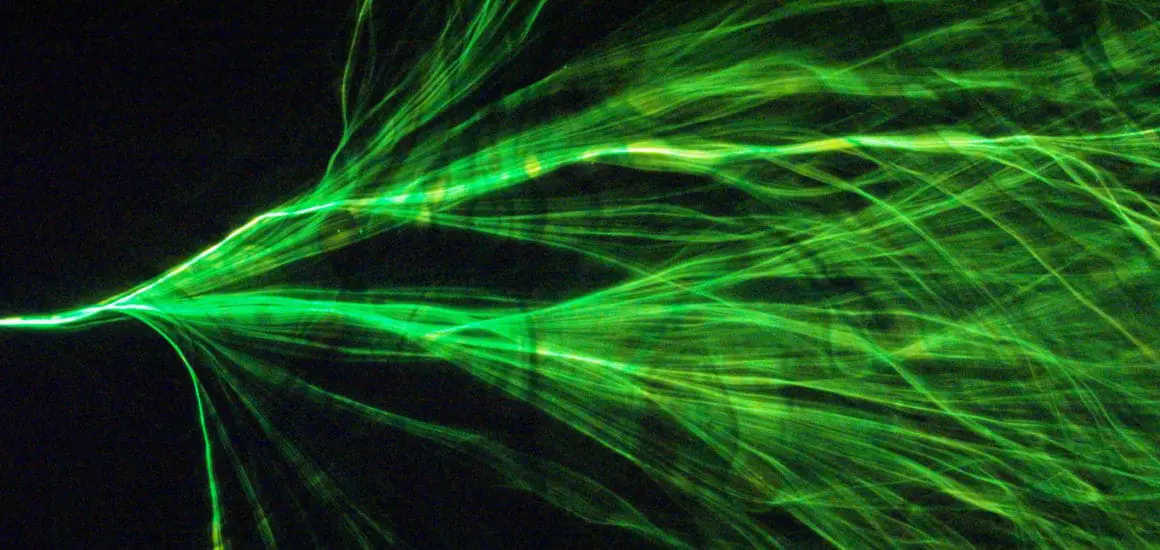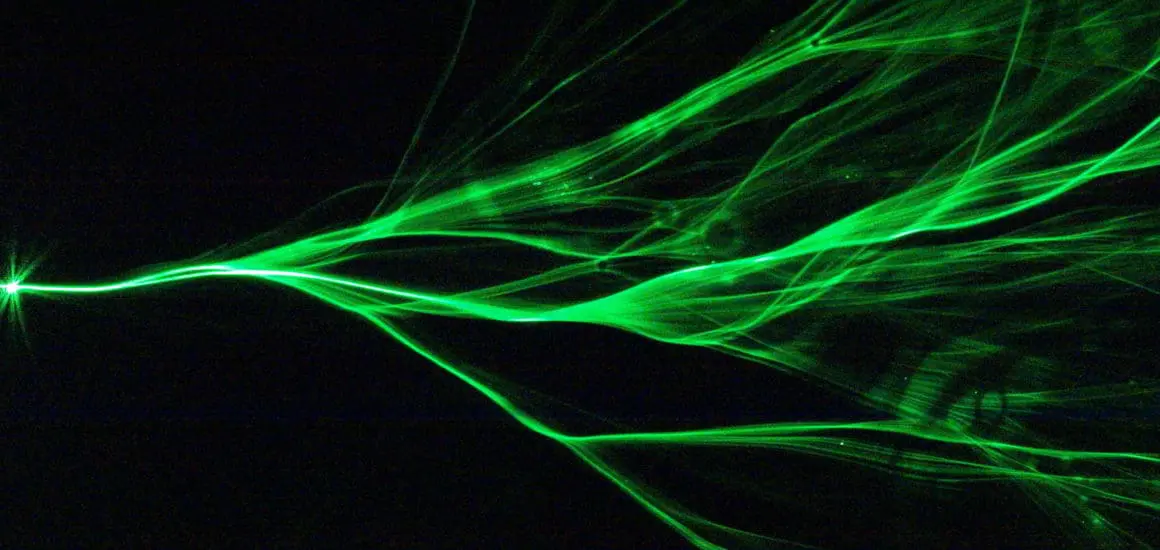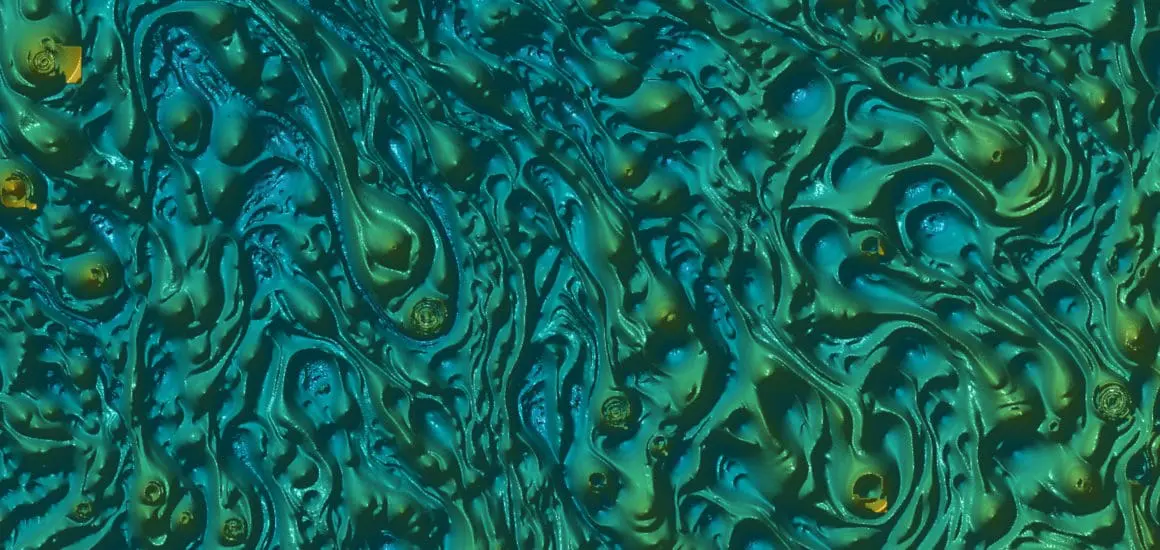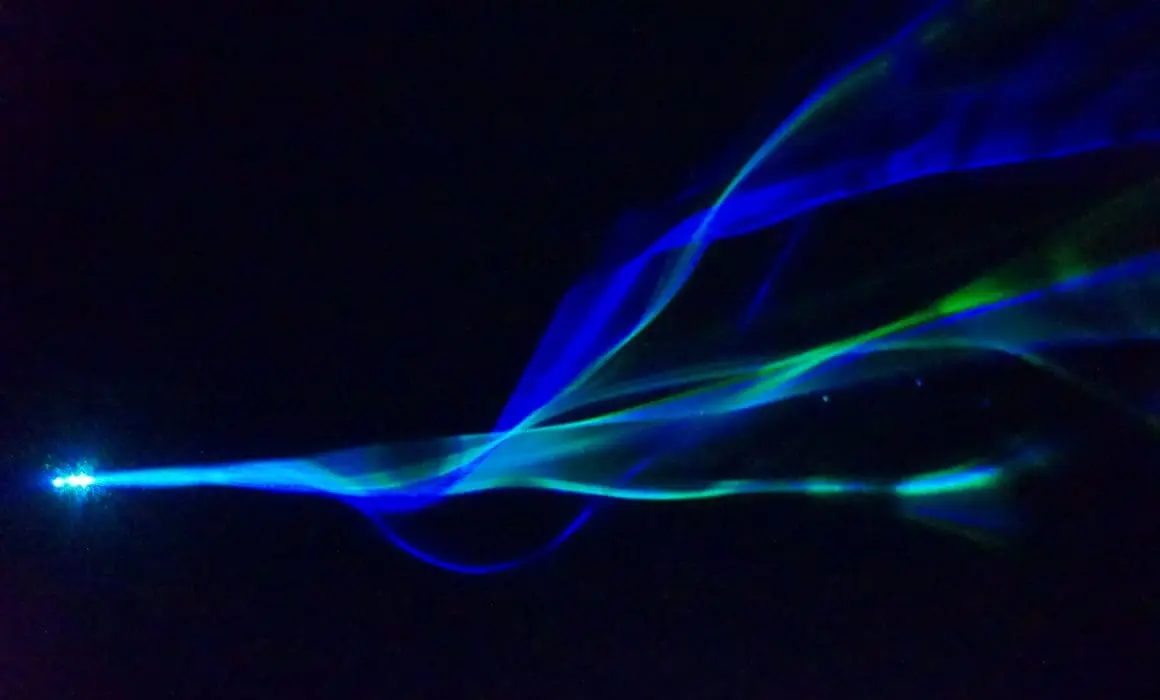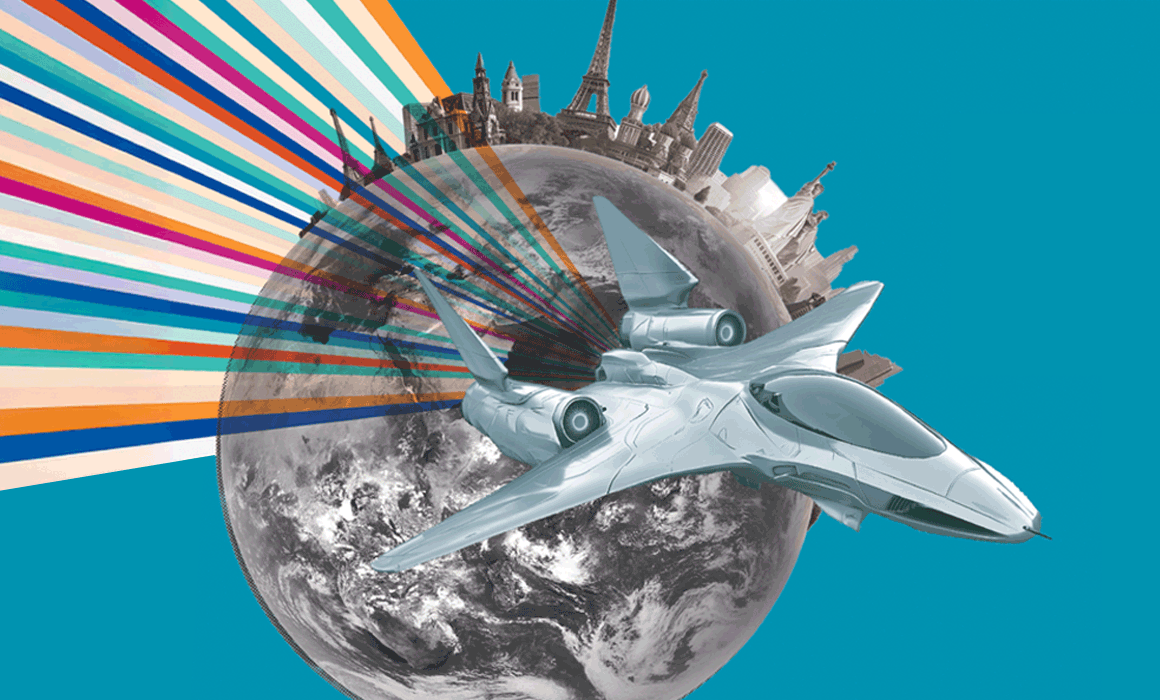Soap Bubbles Lead to Accidental Discovery

Technion physicists led by President Uri Sivan and Distinguished Professor Moti Segev conducted an experiment to see how light behaves around curves. They froze a soap bubble so that it wouldn’t explode. Then they shined a light through the bubble. The scientists got their answer — as well as an unexpected breakthrough, featured on the July 2, 2020 cover of Nature.
View team and images captured of the light flows below.
“This is an important discovery with far-reaching potential consequences,” said President Sivan, the Bertoldo Badler Chair in the Faculty of Physics, of the phenomenon known as “branched flow,” seen for the first time with light waves. The team, which includes Technion Ph.D. candidate Anatoly (Tolik) Patsyk and former postdoctoral fellow Miguel A. Bandres, now an assistant professor at the University of Central Florida, believes the discovery could be useful in medical diagnosis, bringing about a more pinpointed examination of blood vessels and veins. The breakthrough could also help scientists understand how light flows through space and time.
The team anticipated the random structure of the soap field would defocus the light. Instead, the light waves formed channels of enhanced intensity that continued to divide and propagate like the branches of a tree. After a year of additional experimentation, they realized they were witnessing the first demonstration of the branch flow of light. This unusual form of light scattering was discovered in 2001 under observation through an electron microscope. Scientists, however, could not get an actual view of the target because the electron microscope merely constructs an image of what is happening.
“You need to think as an explorer,” said Professor Segev. “If you don’t understand it, go and try to understand it because often it opens new horizons. This is the beauty of experimental science.” Prof. Segev is affiliated with both the physics and electrical engineering faculties at the Technion, as well as the Solid State Institute in the Faculty of Chemistry and the Technion Russell Berrie Institute.
More High-Tech Future stories

Technion Researchers 3D Print Tree Shelters

